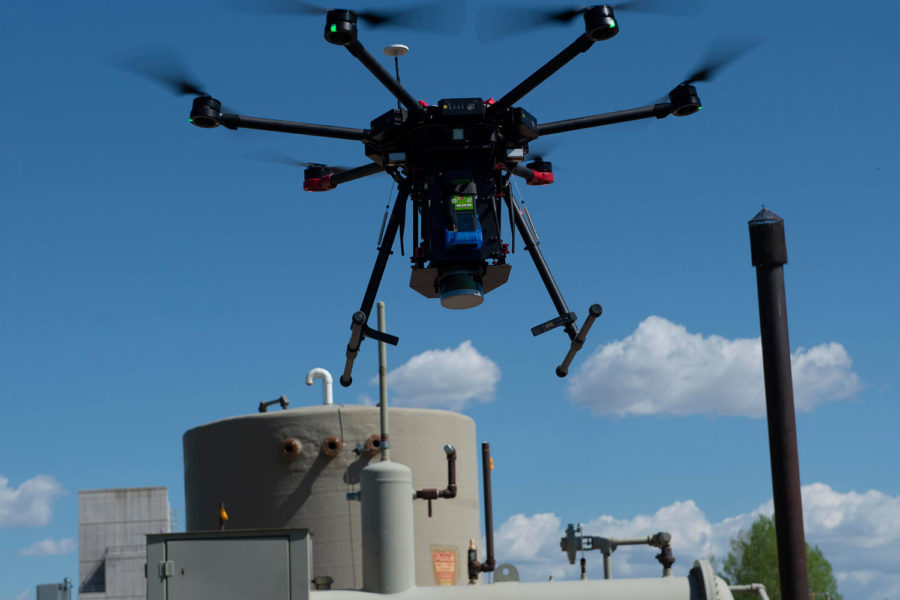A better way to track methane in the sky
One of the main sources of these missing emissions, Rutherford said, are liquid storage tanks. Some emissions are intentional, such as “flashing”, in which methane dissolved under pressure escapes when the pressure is reduced. “It’s like opening a beer,” Rutherford explained. “It’s liquid as long as there is a high enough pressure, but if you release the pressure, the gas escapes quickly.” But much of it is due to operator errors, such as when a technician accidentally leaves a hatch open or the separation equipment malfunctions. The combination of the two leads to very high emissions from storage tanks, although storage is only one item among many that Rutherford and Brandt point to.
The result of their new methane inventory is twofold, Brandt said. The first is awareness. It highlights a key gap in current modeling that is used to make important environmental decisions and highlights specific activities that should be targeted for remediation or regulation. Second, he said, the goal is not to replace existing models, but to provide a useful basic tool on which to base changes to those models to make future inventories more accurate.
To that end, Rutherford has toured state and federal regulators as well as oil and gas producers on the findings of the new model and how best to exploit the lessons learned.
“It helps to just identify that there is a problem,” Rutherford said. “But, beyond that, our model offers clear and actionable steps to improve our inventories and the ways in which operators can adjust their practices, which could really make a difference in reducing the amount of methane entering. the sky.”
Adam Brandt is also a Senior Fellow at the Precourt Institute for Energy. Evan Sherwin, postdoctoral researcher at Stanford, is also a co-author. The other co-authors are from Harrisburg University of Science and Technology, the Joint Institute for Strategic Energy Analysis at the National Renewable Energy Laboratory, the California Air Resources Board, Colorado State University, and the Environmental Defense Fund.
This research was funded by the California Air Resources Board. Additional support was provided by Novim.
To read all of Stanford’s science stories, subscribe to the bi-weekly Stanford Scientific Digest.

